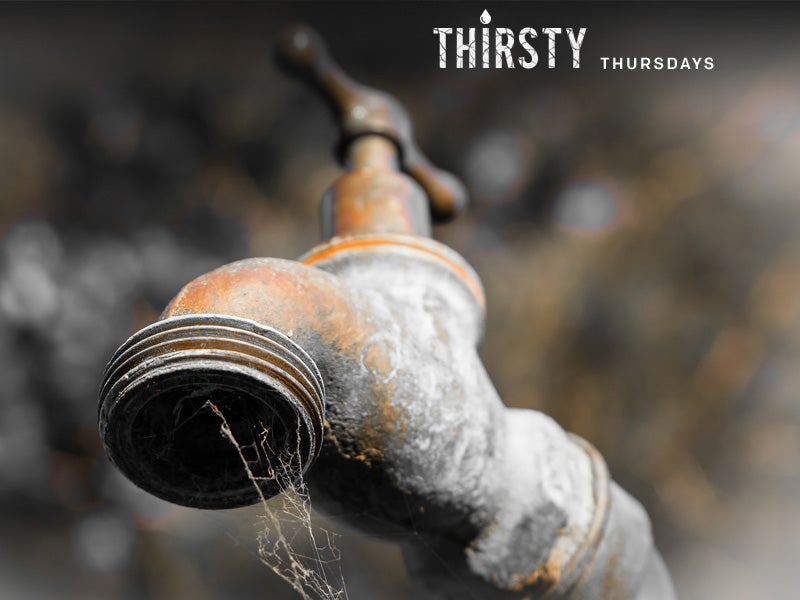3 Things That Won’t Solve California’s Drought
A handful of new products purport to help ease the drought, but do their claims hold water?

This page was published 10 years ago. Find the latest on Earthjustice’s work.
California’s record-breaking drought has created a new generation of greenwashed products that claim they can help ease the water crisis. Meanwhile, these products distract us from enacting real solutions to use water more efficiently and to sustainably manage this precious resource.
Here are my three favorite drought-washed products. Leave a comment below to tell us about products you’ve seen.
1. Bottled Water
By now, many people know that bottled water is kind of a sham. In many cases, it’s no safer than tap water (and sometimes it actually is tap water). It’s insanely expensive compared to municipal water sources, the plastic bottle itself may contain unsafe chemicals like BPA and its carbon footprint can be ginormous, especially when the water comes from far off locales like Fiji.
Now, thanks to a Mother Jones investigation, we can add one more drawback to the list: contributing to California’s drought. A few months back, coffee behemoth Starbucks was put to shame after reporters discovered that the company’s Ethos Water was coming straight out of the thirsty mouths of Californians. Starbucks marketed Ethos as a solution to the world’s water problems, even though the company was getting the water from Merced, a city that’s currently in an exceptional drought. Starbucks has since stopped bottling and selling water from drought-ridden California, but plenty of other brands like Aquafina and Dasani get their bottled water from areas suffering from drought as well.
2. Drought-Resistant Crops
As the drought worsens, farmers across the country are desperately seeking ways to keep their crops alive. Monsanto, one of the world’s largest biotech companies, has a solution: a bio-engineered crop called Genuity DroughtGard Hybrids, “the world’s first and only drought-tolerant biotechnology trait for corn.”
Though traits like “resisting drought stress” sound good, these engineered crops may be more hype than help. According to a study in Nature, genetic engineering lags behind conventional breeding when it comes to creating drought-resistant corn. Also, engineered crops don’t address the more critical need to increase efficiency by, for example, improving irrigation methods and mulching soils to hold in moisture.
3. “High Tech” Squeegees
As an editor at an environmental nonprofit, I receive a lot of plugs for products that are (supposedly) good for the environment. A few months back, one such press release came through my inbox hawking a Scoopy Condensation Squeegee I might want to consider including in Earthjustice’s coverage of the California drought. For the low, low price of $24.95 (plus tax and shipping), I could ditch my conventional squeegee for … essentially the same squeegee with a water-collecting handle.
Rather than tell people to drop upwards of $30 on a squeegee whose water-saving capabilities are literally a drop in the bucket, perhaps consumers should be looking at the big water hogs of the household: leaky faucets and toilets, inefficient clothes and dish washers and lush, green yards.
If you’d like to learn about real ways to solve the drought, check out our Q&A with Earthjustice attorney Trent Orr who answers such burning questions as, “Should I swear off drinking almond milk for good?”
About this series
Thirsty Thursdays is a weekly blog series exploring the historic drought in the western United States. In the ongoing series, we’ll share expert opinions, breaking news, compelling articles and the work Earthjustice is doing to protect water resources in a time of extreme water scarcity.
Don’t miss last week’s post: “5 Species Starved for Rain.”